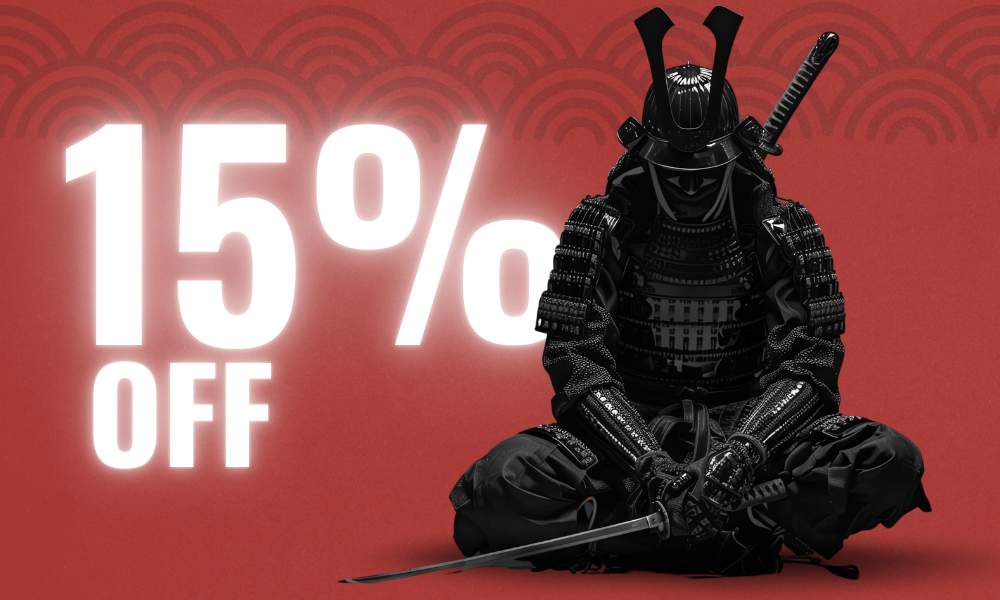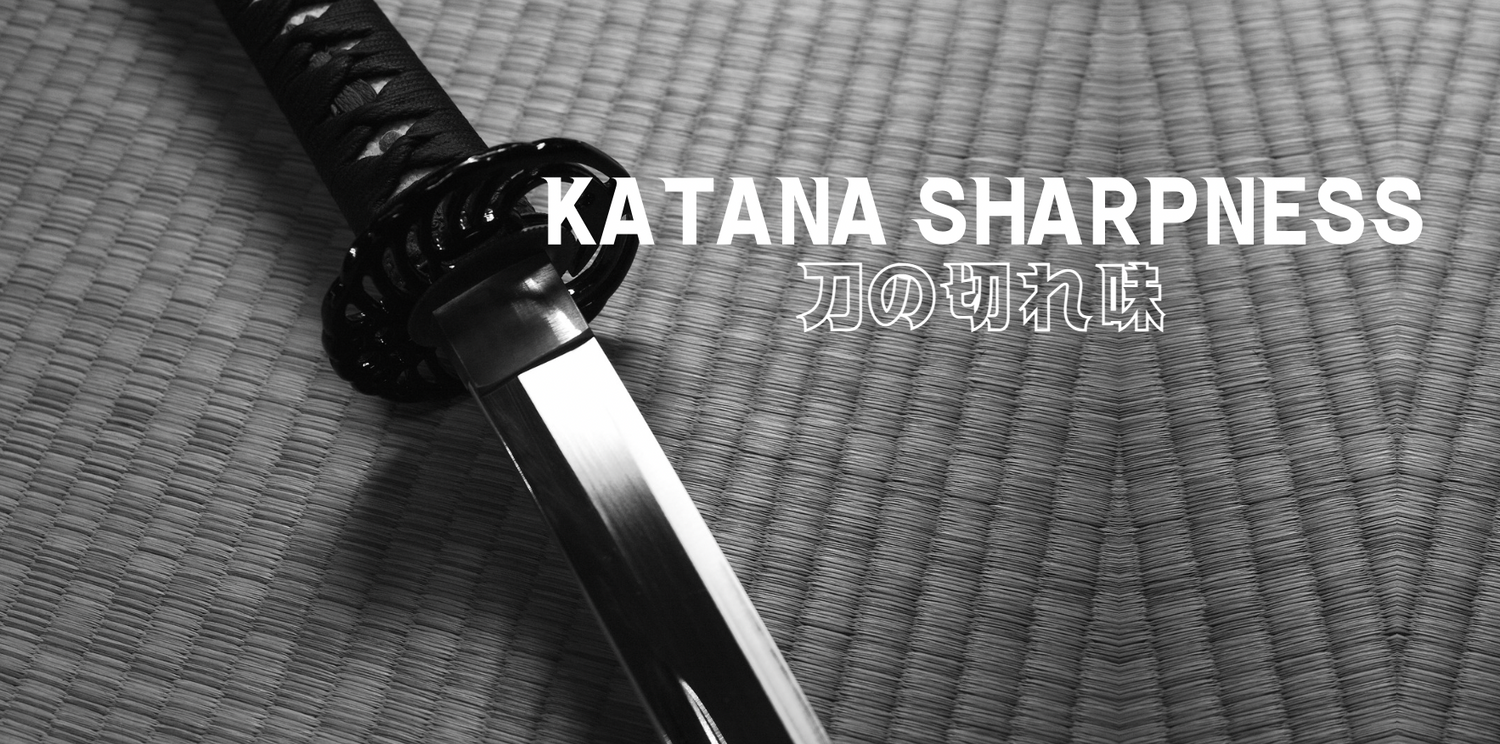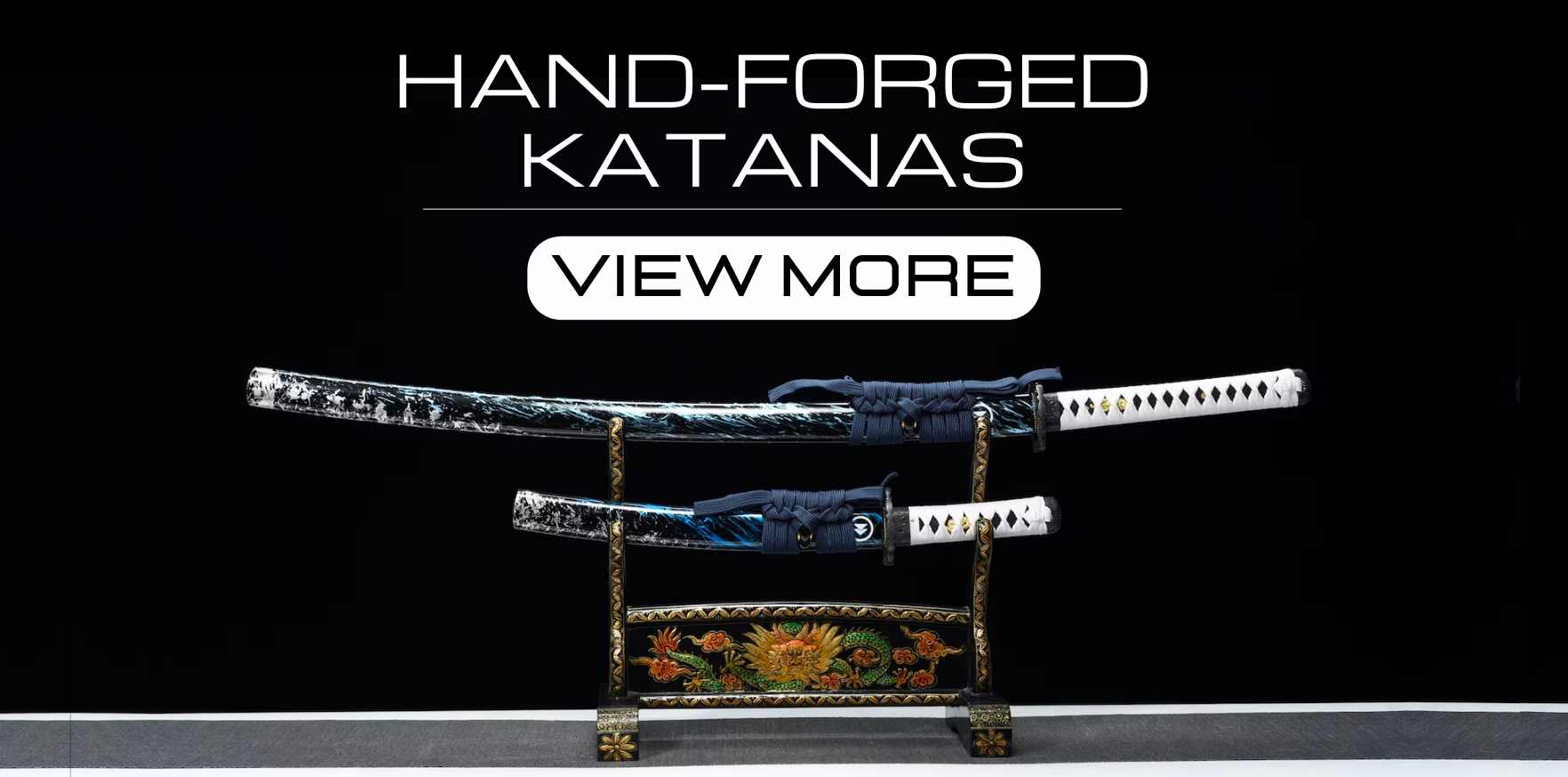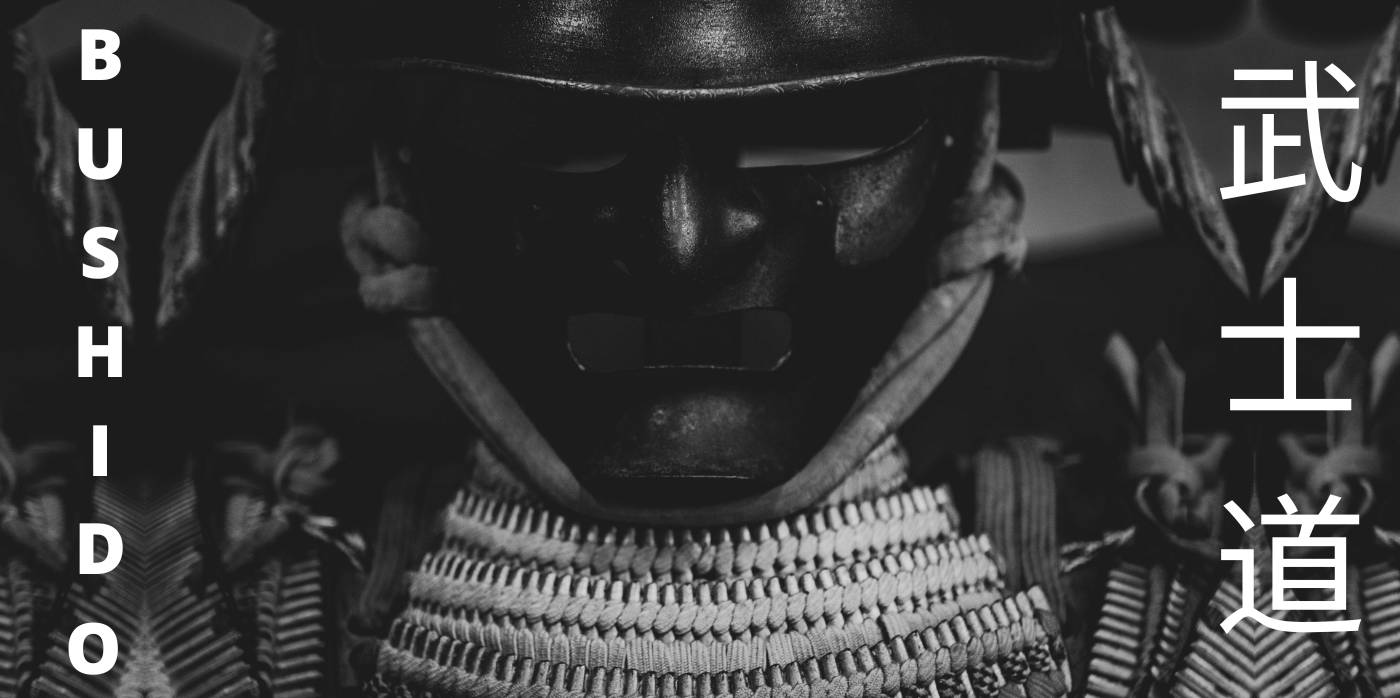When we hear the word "Katana," we immediately picture a sword of exceptional sharpness and cutting power, an epitome of Japanese artistry and martial tradition. The Samurai sword, known for its curved blade, single edge, and slender design, is a weapon feared and revered for its deadly sharpness. In this blog post, we delve deep into the question: "How sharp are katanas?" and demystify some prevalent myths.
1. How sharp is a traditional katana
A traditional katana, often crafted from high-quality Tamahagane steel, is renowned for its sharpness. This incredible blade sharpness is due to the blade geometry, forging techniques, and meticulous polishing work of skilled Japanese swordsmiths. A well-made katana's edge is typically a few millimeter thick, allowing it to cut with extraordinary precision.
The katana is subjected to numerous sharpness tests, including paper, scroll, and even hair shaving tests. The weapon must prove its ability to cut cleanly and without excessive force to be deemed 'sharp'. A well-crafted katana will not just be sharp, but also possess the right balance, comfortable grip, and easy control, factors as important as blade sharpness in actual combat.
2. Can a katana really cut through anything
2.1 Can a katana cut through steel
Even if an extremely sharp katana is able to cut through steel. Its blade is not made to easily cut through tough materials like steel without seriously damaging the edge. Since the blade is made of steel, cutting through anything comparable might result in the edge chipping or perhaps shattering. Here is a video of what an extremely sharp katana can cut. In this video, the katana effectively pierces a samurai helmet. The blade of the katana remains intact even after 3 hits. However, we don't recommend trying this with your Japanese sword, as you could damage it and even injure yourself.
2.2 Can a katana cut through bone
Katanas are well-documented for their cutting ability, capable of slicing through flesh and bone with ease. In historical battles, samurai have used katanas for single, clean cuts to disarm or disable their enemies. For example, targets such as Tatami mats are said to simulate the density of human bone and flesh. However, the belief that a katana can cut through anything is somewhat exaggerated. Yes, it can cut through bone, but materials harder or more substantial than bone pose a significant challenge.
2.3 Can a katana cut through another sword
While it is a compelling image, a katana slicing through another sword is more a product of cinematic creativity than reality. Steel-on-steel contact can damage a katana, causing chips and nicks on the blade's edge. In the art of Kenjutsu, the focus is on techniques that deflect or avoid the opponent's blade rather than attempting to cut through it.
2.4 Can a katana cut through bulletproof material
Modern bulletproof materials, like Kevlar, are very resistant to cutting assaults because they are made to absorb and disperse the power of an impact. A katana is incredibly sharp, yet it is improbable that it could properly cut through bulletproof material.
3. How does the sharpness of a katana compare to other swords
Katanas are often pitted against various other swords when it comes to sharpness. Their single-edged design and distinct curvature lend them an advantage in slicing motions, a cut made in a draw or 'pulling' manner. Other swords, like the double-edged European longsword, are designed for different types of combat and are excellent in their designed context.
4. What makes katanas so sharp
The sharpness of a katana is attributed to several factors. First, the Tamahagane steel used to forge the blade is a high-carbon material that can hold an exceptionally keen edge. Second, the process of differential hardening, creating a hard cutting edge (Hamon) and softer spine (Yakiba), lends the blade its legendary sharpness and resilience.
The blade's curvature also aids in its cutting ability, providing an angle that enables clean, sharp cuts. Lastly, the blade undergoes a meticulous process of polishing, enhancing its edge retention and aesthetics.
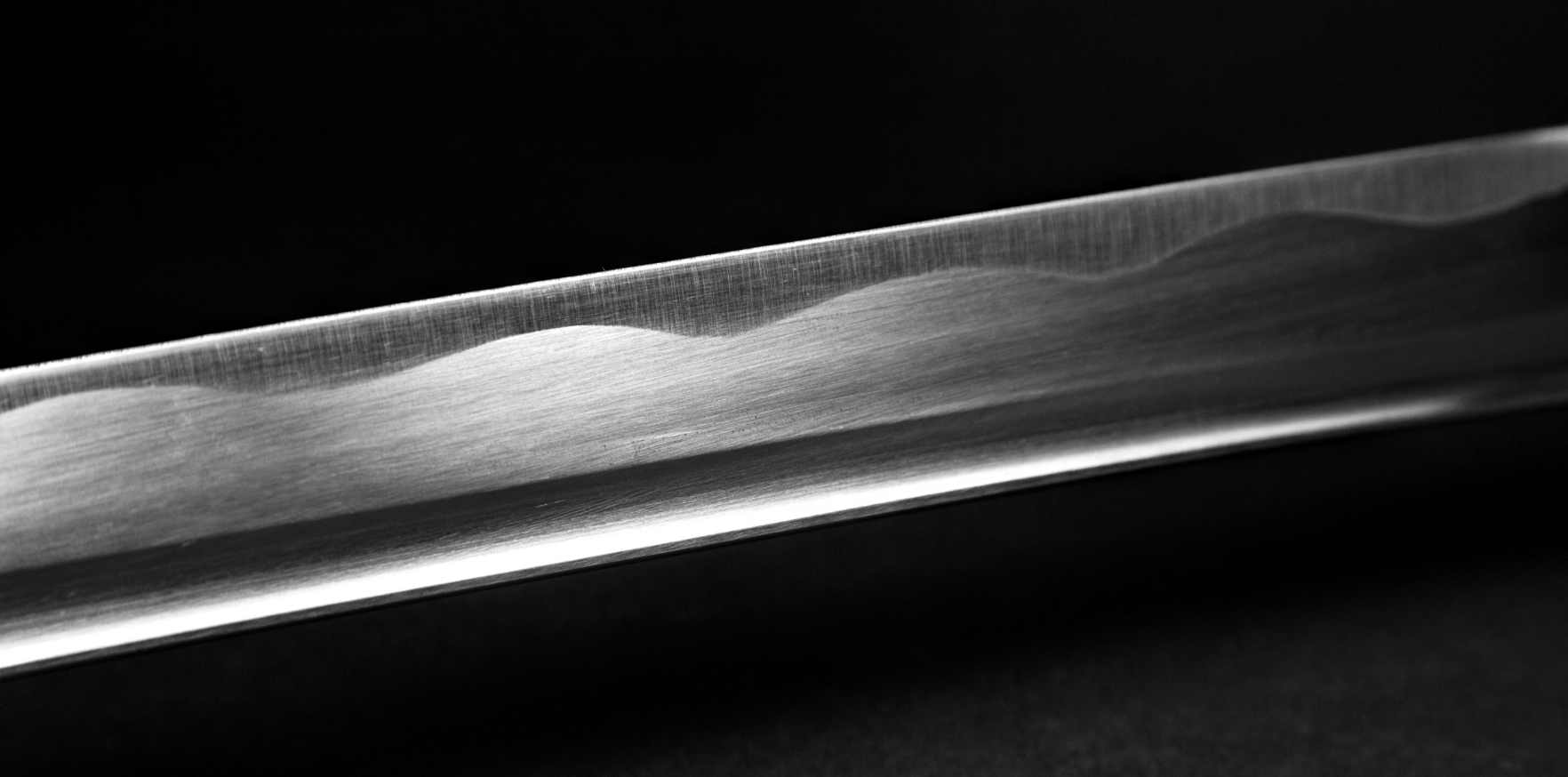
5. How is a katana sharpened
Sharpening a katana is an art form in itself, requiring years of training and practice to master. Traditional methods use a variety of whetstones with different grits. The process can take many hours, even days, as the polisher carefully grinds and hones the edge to a fine point. Sharpening not only enhances the katana's sharpness but also brings out the beauty of the Hamon and the blade's overall aesthetics.
You can also follow our guide to sharpen your katana with whetstone to maintain the sword.
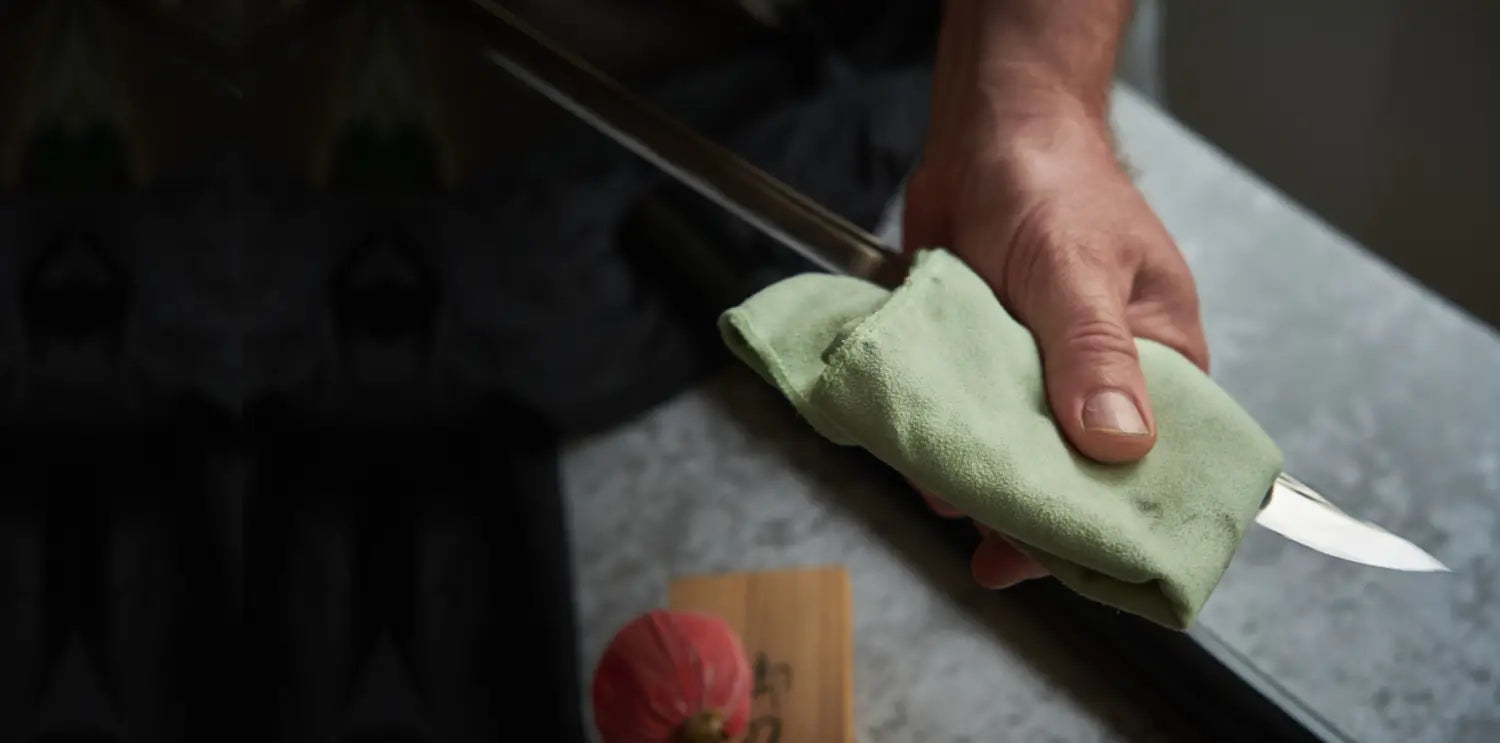
6. Does the sharpness of a katana degrade over time
Over time, and especially with use, a katana's sharpness will degrade. This is an inevitable outcome of using a bladed weapon. Even so, with proper sword maintenance, which includes careful cleaning, oiling, and occasional sharpening, a katana can retain its edge for a long time.
Conclusion
The katana, which represents the Samurai spirit, is still a wonder of ancient engineering and workmanship. It stands out from many other swords because to its sharpness, power, and beauty. The katana's sharpness and cutting prowess are unquestionable, even though it may not be as universal as myth would have you believe. As a testament to Japanese martial tradition and sword making process, the katana’s blade remains an enduring symbol of sharpness and elegance. Remember, these powerful weapons should always be handled with respect and caution, given their razor-sharp edge. The power of the katana, both in history and in the modern world, truly cuts deep.


